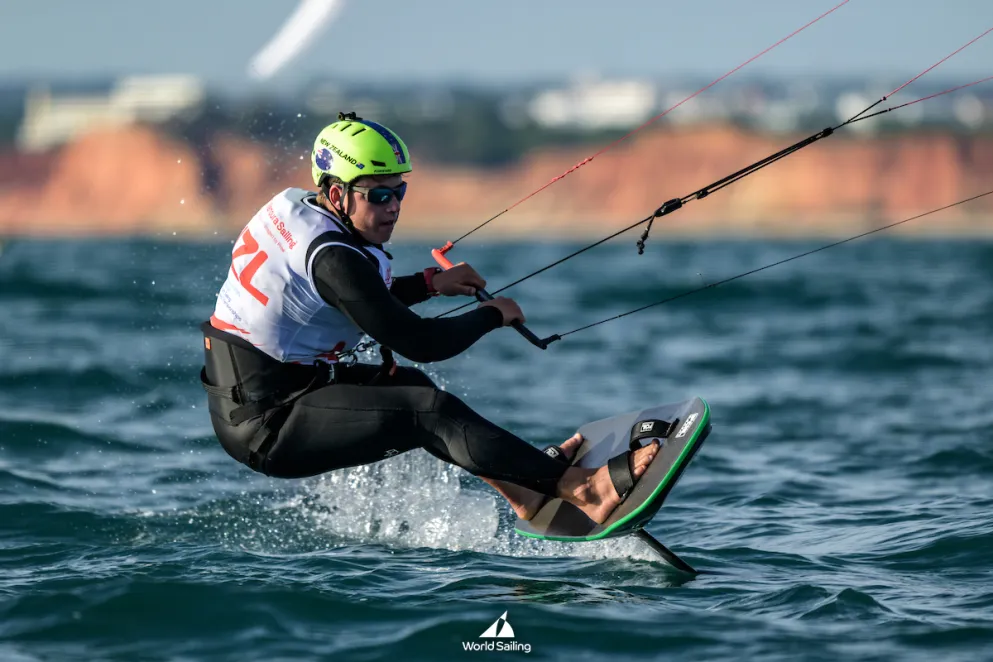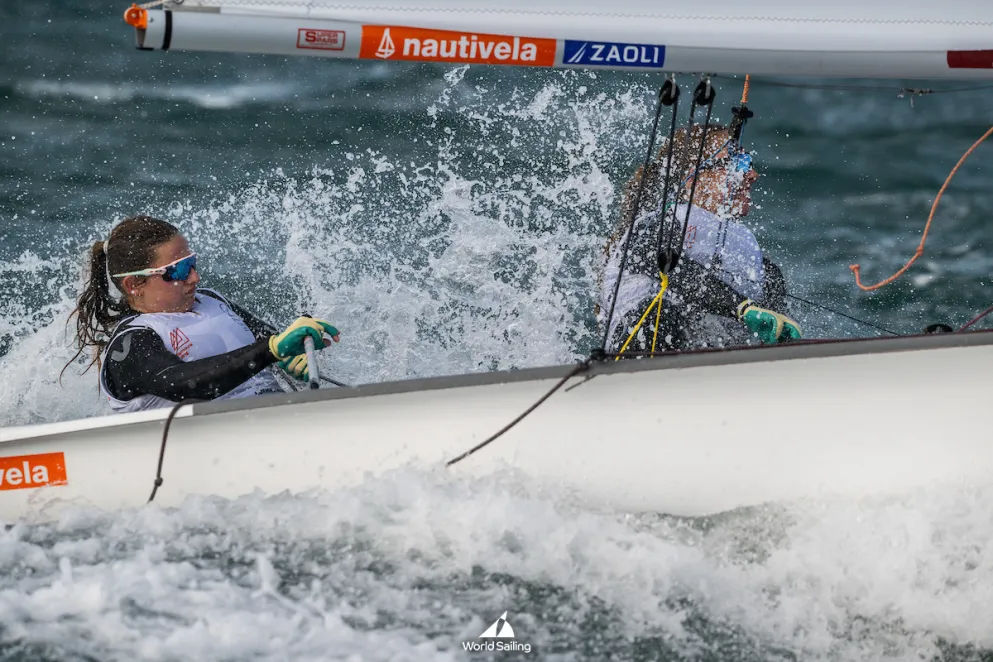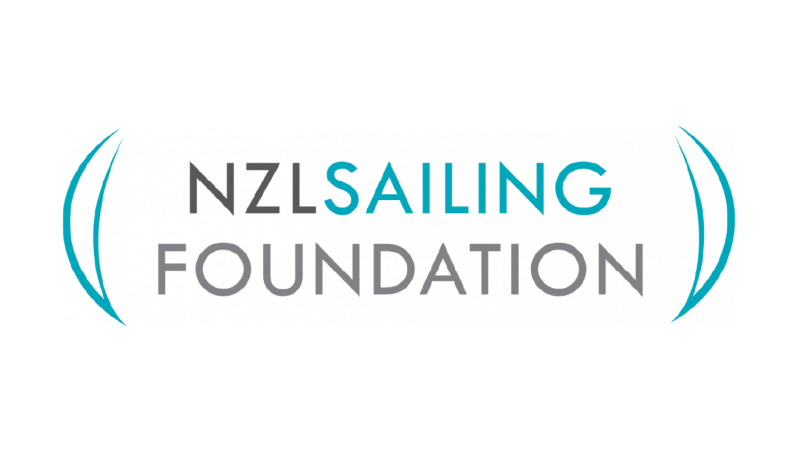Safety first: Tips from 6 of NZ's top offshore sailors
By Cris Brodie
What sailors learn as they complete more nautical miles (offshore and coastal) differs based on their experiences.
For example, one of mine is being extremely cautious about Lee shore situations, based on a close shave I had many years ago.
There is also a big difference between where and how those miles are done, sailing across the Pacific east to west in the trade winds is vastly different to the waters around New Zealand and further south.
Watch keeping in the bridge of a superyacht is relatively straightforward, compared to sailing your cruising yacht short-handed to the islands.
We asked six of this country's most experienced racing and cruising offshore sailors for their top safety recommendations.
Malcolm Dickson: Preventer key
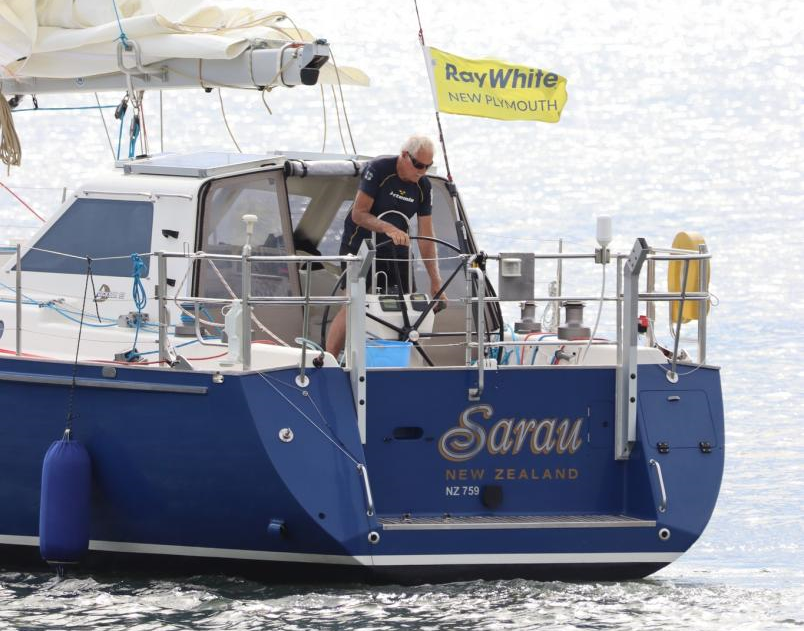
Dickson is a boat builder who has competed in three Solo Trans-Tasman Yacht Races, two other solo Tasman crossings, and five crossings with crew on board. All have been different and memorable for various reasons...
In 1978, the Solo Trans-Tasman Yacht Race fleet was hit by Cyclone Hal, with most of the boats knocked down or rolled over at some stage. Between 2005 and 2009 Dickson and his wife Joan completed a circumnavigation - sailing east about south of all the great capes but also sailing north of the Equator, in Sarau - a boat he designed and built.
Dickson's advice is to recognise how dangerous the main boom and mainsheet can be, especially when sailing downwind which is the sort of sailing cruising sailors try to do.
If the boom and/or mainsheet sweep across the cockpit it should always have some sort of preventer or boom brake leading to the side or forward to the bow if the boom is well out.
He prefers an aft cockpit layout with a solid dodger - keeping the boom, traveller and sheet forward of the cockpit so it is much less likely to cause injury in a gybe. While this is the arrangement Dickson has on Sarau, he does still use a preventer offshore.
Jim Lott: Check for route dangers
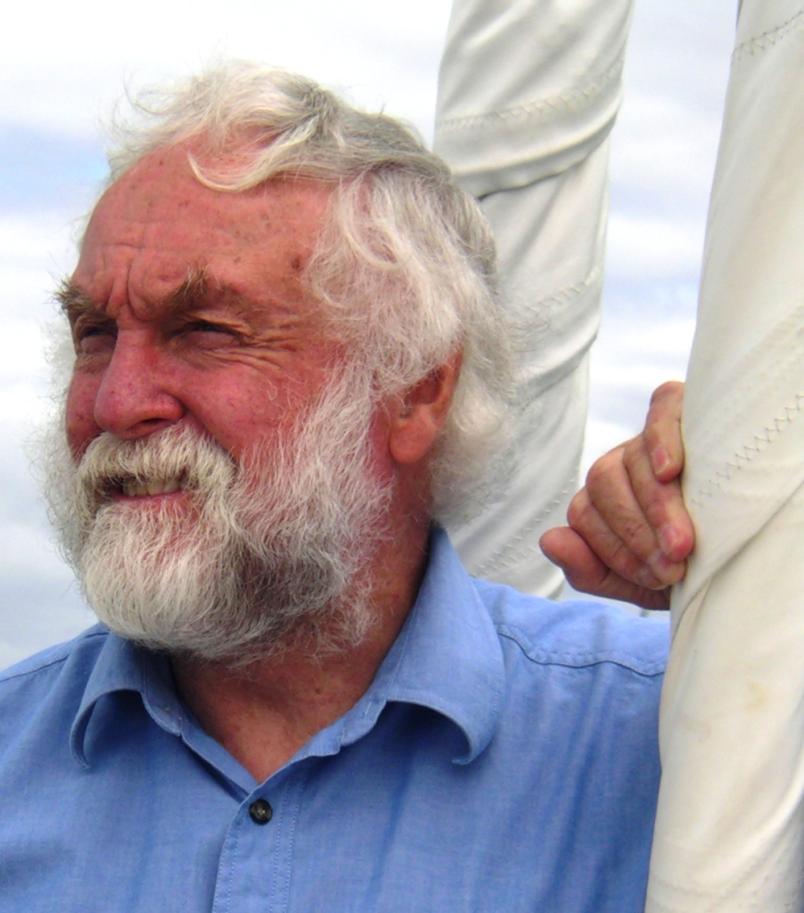
Jim Lott has sailed to Europe and returned twice, racing and cruising, once via Japan and Alaska, then via South America and Cape Horn on his yacht Victoria, which he built himself.
He worked as a nautical tutor for 25 years and then for Maritime New Zealand for 11 years as a manager and accident inspector. He has been a yacht inspector with Yachting New Zealand for over 30 years and is still a skipper on Spirit of New Zealand.
Lott's advice is to make sure that as soon as you plot your planned route, work along the line using a very large-scale zoom to check for dangers.
Many hazards are not shown at smaller scales. This is just the same as checking on large-scale charts when using paper charts. It's worthwhile to get someone else on the crew to do the large-scale check. As you sail along, make sure you zoom in and out, since deviations from the plan are inevitable.
And, says Lott, remember that every time the wind speed doubles, the wind force on the sails increases fourfold, so reduce sail early.
Josh Tucker: Booms dangerous

Tucker, infamously known as BooBoo, is a professional sailmaker who has completed around 160,000nm of offshore racing and cruising, seven dismastings, a rounding of Cape Horn under jury rig, a season in the Alaskan ice and a passage back from Europe with his wife and three kids under 10.
He recommends an easily adjustable boom preventer which can not only save lives but also reduce a huge amount of damage and wear on the gear - especially when you have weeks at sea running in light to moderate trade winds with a sloppy sea state.
When offshore cruising, Tucker always has a permanent strong preventer line set up from the end of the boom to the gooseneck with a bungy return to hold it tight when not in use.
This doubles as a safety if the mainsheet or traveller fails so you can secure the boom and also makes for a very easy attachment of an adjustable preventer line from the bow.
Tucker runs his adjustable preventer line from the foredeck over the cabin top and into a jammer by the winches so it’s easily adjustable along with the mainsheet to have total control of the boom.
Even a good preventer setup has its limitations, he warns - and will still likely cause damage to the boom or gooseneck in an uncontrolled gybe in strong winds. Sailing a slightly higher and safer course when under autopilot in strong winds is a much safer option. Boom brakes are also a really good option for limiting the damage that an uncontrolled boom can cause.
Justin Ferris: Preparation could make all the difference
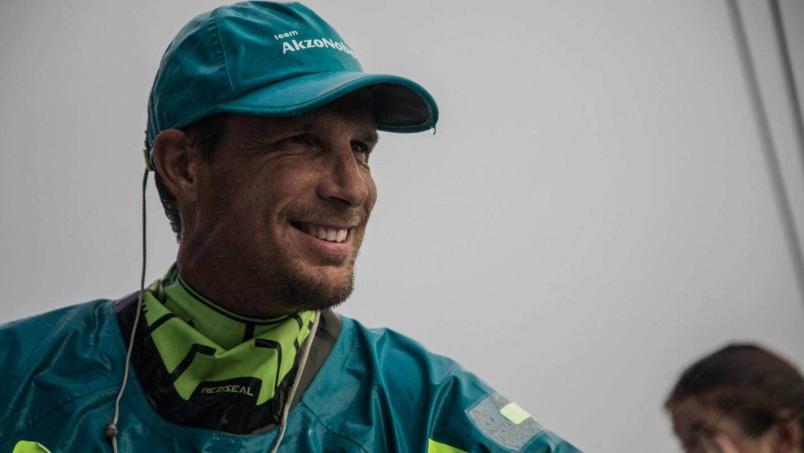
Ferris is a professional sailor and sailmaker who has completed four around-the-world races, including holding the 24-hour record on AkzoNobel, a Volvo 65, multiple Sydney Hobart races and the Fastnet which he won in 2023 as sailing master on the Botin TP 52 Caro.
According to Ferris, safety comes down to preparation and "knowing your boat".
This includes knowing how all the on-board systems work, and how to repair them.
Do you have the correct spare parts and are they accessible? How would you jury rig a rigging or steering failure?
Before each race Ferris goes through the whole boat interior with a torch from bow to stern including checking sea cocks, deck fittings and steering cables - and often finds things that could become an issue at sea.
Sally Garrett: It's all about the weather (and getting rest)
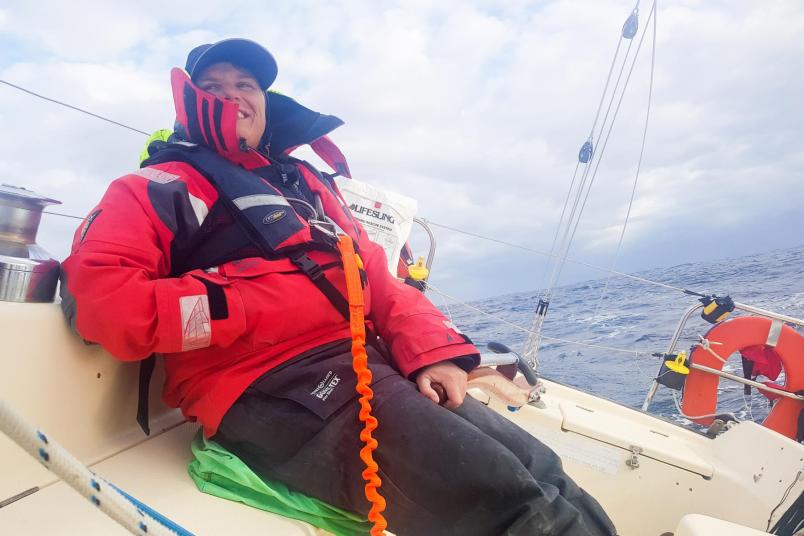
Garrett is a research scientist who specialised in mitigating risk for operations in the Southern Ocean, an area she routinely visits as a navigator.
She is known for her two-handed racing, including two Round New Zealand and three Round North Island races.
Making time to understand the weather along the route you are going to take - and looking at past weather conditions including observations - can enable you to understand geographical areas of risks for different wind conditions.
Once you set off on your voyage you will then be able to more quickly identify the conditions that could occur, Garrett adds.
Another tip having a good understanding of how rested everyone on the crew is, and having a plan on steps to take if people are starting to get too tired.
Rob Neeley: A more balanced sail plan
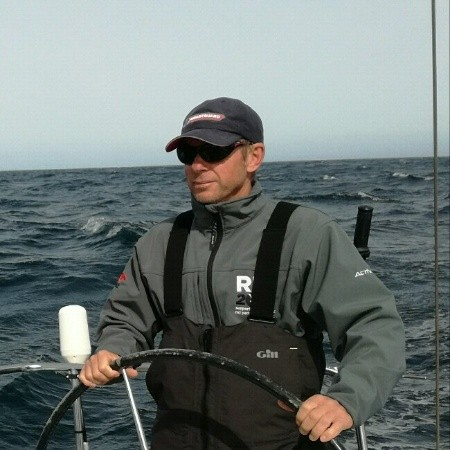
A boat builder and marine surveyor, Neeley has completed six circumnavigations of the North Island - both short-handed racing and cruising, as well as many miles delivering yachts offshore.
He sailed an Imoca 60 with Jean Pierre Dick through the Southern Ocean from Auckland to Panama and has sailed his own Lidgard 29 Cracka to Fiji and back.
Neeley's top tip is having a storm jib or staysail setup rigged onto an inner forestay at all times during passage ready for quick and easy deployment that does not rely on removing or using the headsail on the forestay.
The sail plan will be more balanced with this configuration under deep reefed main and if you drop the main to run before a gale this will be a much safer and balanced sail plan.
Cris Brodie is a seasoned offshore skipper and national champion dinghy sailor and Yachting New Zealand's safety and technical officer. Get in touch with him at cbrodie@yachtingnz.org.nz.


